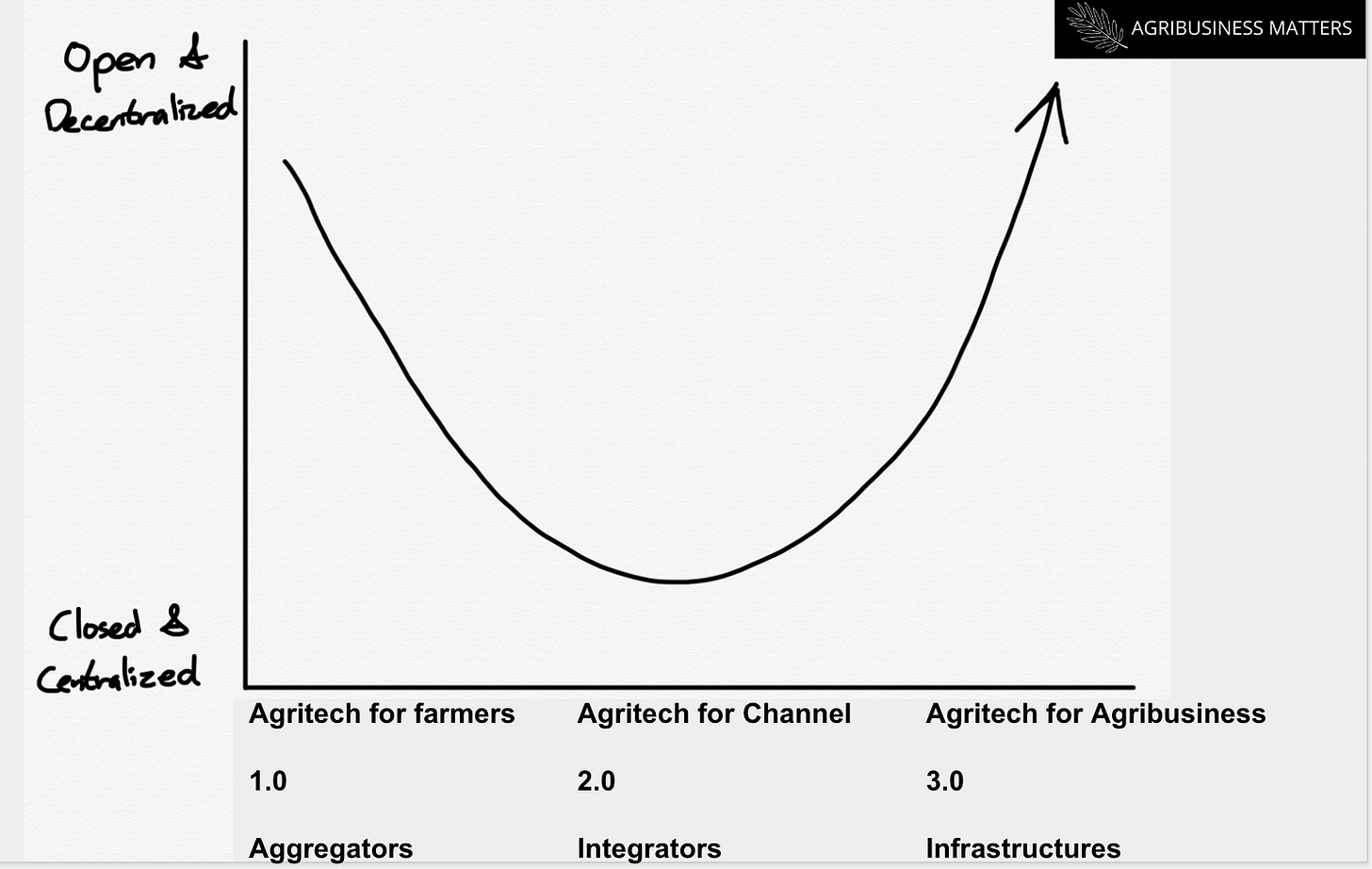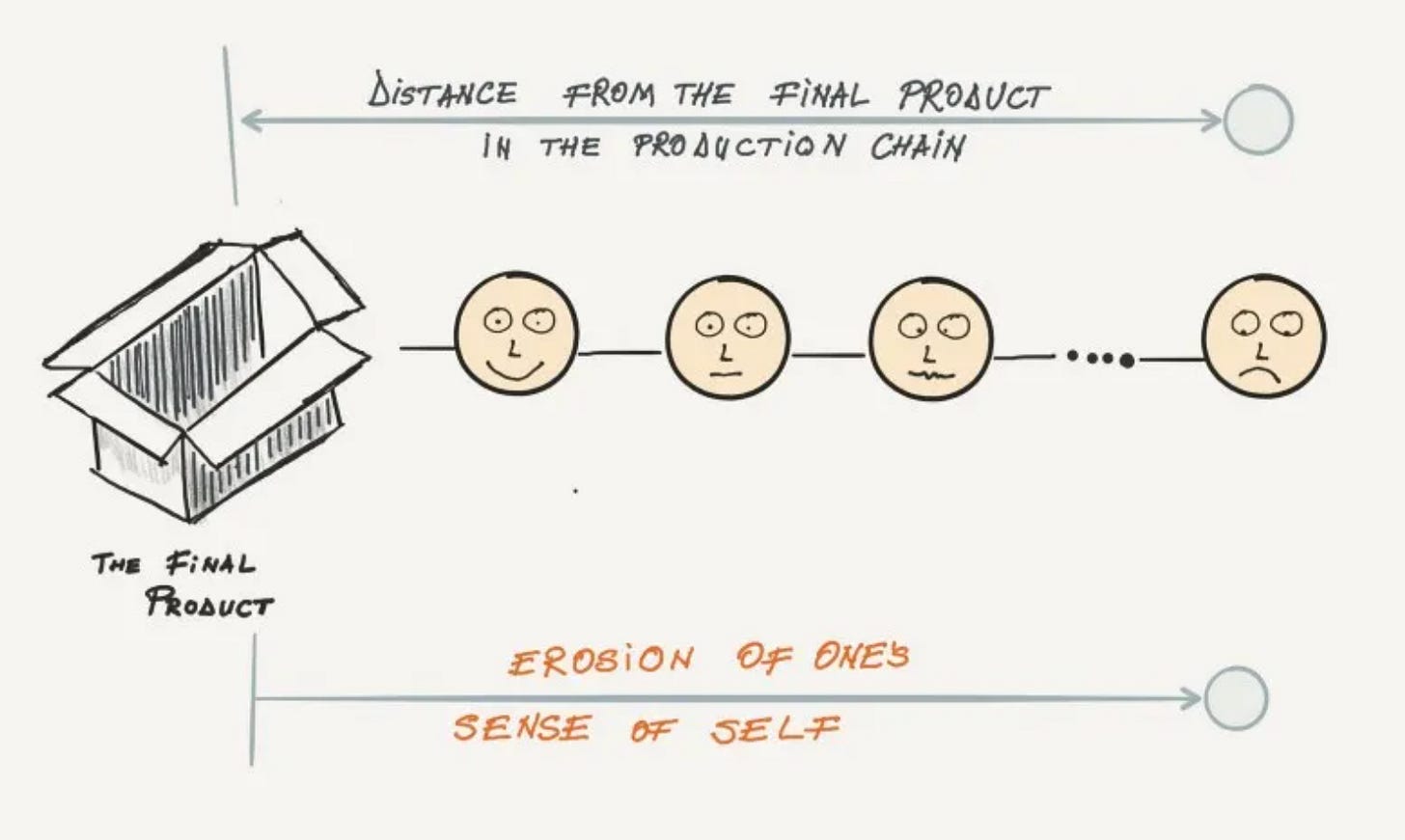Saturday Sprouting Reads (Agritech Hype Cycles, GM Mustard Imbroglio, Human Soil)

Dear Friends,
Greetings from Hyderabad, India! Welcome to Saturday Sprouting Reads!
About Sprouting Reads
If you've ever grown food in your kitchen garden like me, sooner than later, you would realize the importance of letting seeds germinate. As much as I would like to include sprouting as an essential process for the raw foods that my body loves to experiment with, I am keen to see how this mindful practice could be adapted to the food that my mind consumes.
You see, comprehension is as much biological as digestion is.
And so, once in a while, I want to look at a bunch of articles or reports closely and chew over them. I may or may not have a long-form narrative take on it, but I want to meditate slowly on them so that those among you who are deeply thinking about agriculture could ruminate on them as slowly as wise cows do. Who knows? Perhaps, you may end up seeing them differently.
[Subscriber-Only] Reality Check on Agritech Hype Cycle
Globally speaking, at a broad sweeping 20000 feet view, concurring with the wonderful folks at Tenacious ventures, you could argue that we have seen three waves of agritech so far, coinciding with technological waves of aggregators, integrators and infrastructures respectively. Here is a quick handy guide to these definitions

(2010-15)Agritech 1.0 = Farmers as users of technology, but not beneficiaries. (Think of Climate Corporation before they became Bayerised )
(2015-2020) Agritech 2.0 = Farmers and Channels as users of technology, but not beneficiaries (Think of Granular before they became cortevized)
(2021-Present) Agritech 3.0 = Agribusinesses as users of technology and beneficiaries. (Think of Bushel)

The generalizable learning across these three waves is uncannily common across US and Indian Markets: Farmers are never going to pay for your agricultural technology solutions. In the latter’s case, it is the government that is making sure that they will never pay for your technological innovation. (We will talk about exceptions later).
While globally, we are fairly well placed in the third wave, in the case of the Indian market, we are still in the second wave, slowly inching towards the third wave. In the Indian Market’s case, there is also a crucial difference in the way the three waves of agritech have played out.
Agritech 1.0 (2011-2015) = Farmers as users of technology, but not beneficiaries. (Think of Ninjacart before they got Walmartized)
Agritech 2.0 = Farmers and Channels as users of technology and beneficiaries (Think of Dehaat/Unnati/Gramophone before they became…….)
Agritech 3.0 = Agribusinesses as users of technology and beneficiaries. (Think of Origo)
Since the channel is the critical node in reaching out to the farmer, technological innovations have immensely benefited the golden middle of the value chain and we are now seeing newer digital-influenced channel behaviours.
How does the Indian Agritech Hype Cycle look at the moment?
In this subscriber-only post, I present my detailed take on the Indian Agritech Hype Cycle, attempt to make sense of why John Deere invested in Inner Plant, and briefly look at the funding of Apnagodam and iProcure.
[Subscriber-Only Video] The Art of Happy Agritech Exit with Sreeram Raavi
For first-time agritech startup founders, nothing can be more daunting than planning for exit. Sreeram, the founder of Eruvaka, opened up to talk about his depression when the news of “exit” hit his gut and how he discovered dispassion from reading Bhagavad Gita. He also talks at length about managing the risks of exit with customers, vendors and employees.
GM Mustard Imbroglio
Even at a cursory look, the GM Mustard Imbroglio is giving me strong deja vu vibes. Starting from the approval of the Genetic Engineering Appraisal Committee, followed by the Supreme Court ordering the Union Government to respond to the petition, and the Government’s response stating the government has already been importing Canola Oil from GM Canola Seeds and the fears are unfounded, (while banning glyphosate citing health hazards), the entire episode, in all its confounding messiness, is playing out in predictable ways.
Given that there are no practically feasible ways to regulate new technological innovations in large smallholding countries, technology is modified by pioneering innovators ‘to overcome regulatory delays’, which further increases concerns about agronomic/biosafety performance, which further precipitates changes in regulation to avoid similar challenges in the future, and by the time regulators catch up to plug the hole, technological innovation has already gone much further ahead.
And in any case, if you’ve been on the fields, you would know, whether you call it ban or moratorium, it is a Sisyphean task to monitor them as per the rules and regulations of the land.
While the gap involved in regulation to catch up with exponential technologies is an arbitrage opportunity for consultants/ highly networked regulatory “experts” and middlemen, I am not really sure how we could break this zero-sum regulatory logjam which ends up forcing several agritech entrepreneurs to chase outside markets with unambiguous risk management frameworks.
Atomic Concepts of Agritech Marketplaces
Atomic Concepts are a powerful way of answering a question that determines the viability of every marketplace: HOW to think about your marketplace? How well you answer this question determines your future funding and your ability to shape the future in your favour.
Most agritech founders I see in my midst are great at execution. Going by what I am seeing in my limited sample size, they don’t seem to be great at articulating the atomic concepts that can effectively position the marketplace they are building.
From the perspective of investors, whether you like it or not, ultimately, it’s a narrative game. How do you clearly articulate the framework of the marketplace you are building 5-10 years down the line?
Human Soil
I have long been wanting to start a book club in Agribusiness Matters. And I am finally getting to do it:)
Last week, I read a powerful book that neatly summarized what I have discovered in my independent bio-hacking experiments with human health. The title of the book was sufficient to find its place in a newsletter titled ‘Agribusiness Matters’.
When you are in the trenches of understanding what makes humans healthy, it starts to sound a lot like what we know of what makes soil healthy.
If you study plant nutrition in your biology textbooks, it is plainly obvious that plants get more than 90% of their nutrition from the atmosphere (carbon, oxygen, hydrogen) and the remaining from the soil. If this is the case, why are we so fixated on the soil?
Human health is better appreciated by seeing the human body as a dynamic ecosystem thriving in cooperation with bacteria, fungi, archaea, viruses, protozoa, mites and worms.
Plant health is better appreciated by seeing the plant as a dynamic ecosystem thriving in cooperation with its microbiome, constantly relaying information through its microbiome on a real-time basis to decide what to do next.
Beyond these parallels, why must we bother about soil health while talking about human health? Today, it is increasingly clear that how healthy you are is inversely proportional to the shelf life of what you eat.
And beyond shelf-life, this could be further generalized, if you are interested in investigating the distance from the final product in the production chain and one’s sense of self.

“We are witnessing the greatest injection of carbohydrates into the biosphere in human history―[an] injection that dilutes other nutrients in our food supply.” - Irakli Loladze
Once we deeply understand how increasing CO2 levels is making ‘every leaf and every grass blade on earth make more sugars’, a few years down the line, hopefully, sooner, we will start to evaluate every food crop variety based on their crop nutrient density

Perhaps, our understanding of human soil would undergo a radical shift once we realize that increasing CO2 levels is making plants, produce more sugar and therefore, junk foods.
Let’s see:)
Here are the rules of the book club: 1) You have to read the book 2) You have to be open to discussing the book and what it meant to you with a small group of people. If you want to get into a zoom call with me and the author of this book, “The Body Cooperative”, like this post and head to Amazon to read the book. I will send more details about the call with the author separately.
So, what do you think?
How happy are you with today’s edition? I would love to get your candid feedback. Your feedback will be anonymous. Two questions. 1 Minute. Thanks.🙏
💗 If you like “Agribusiness Matters”, please click on Like at the bottom and share it with your friend.





